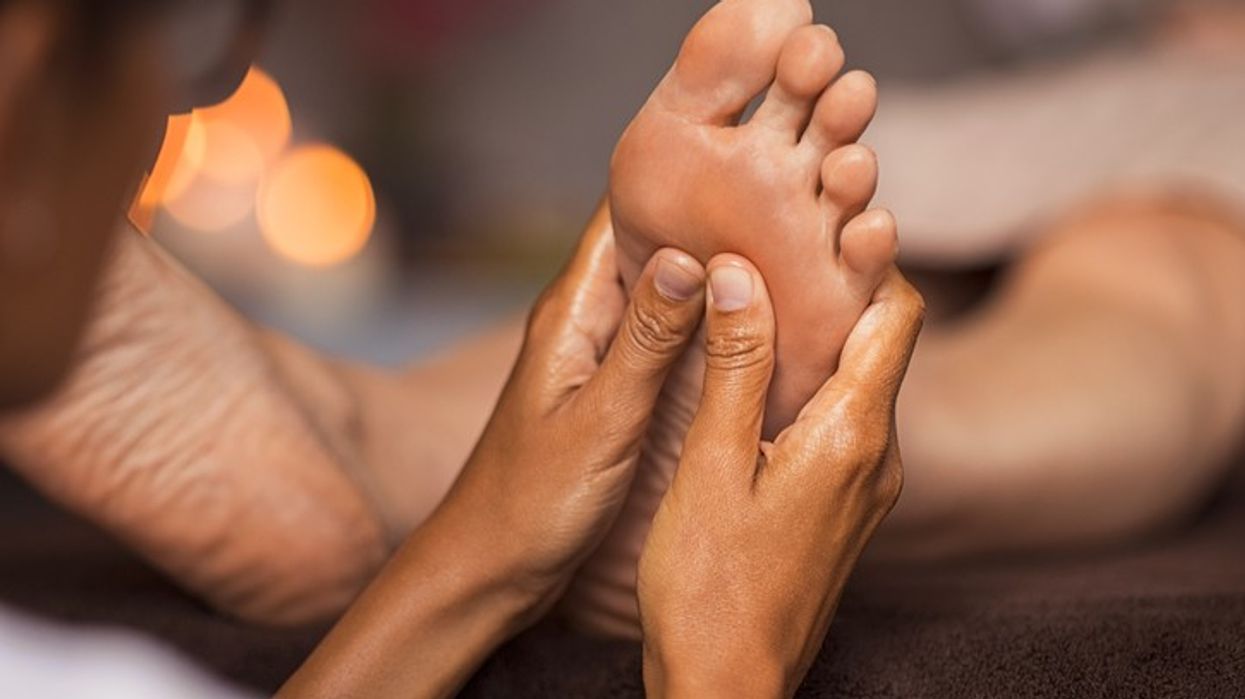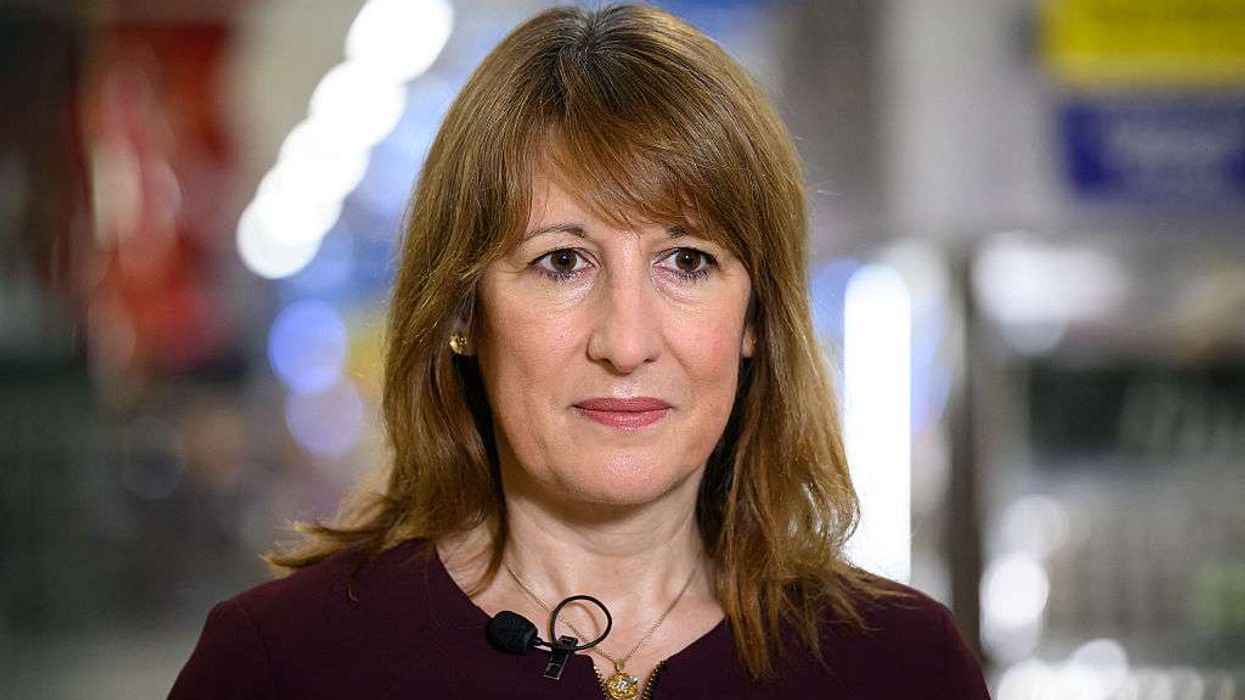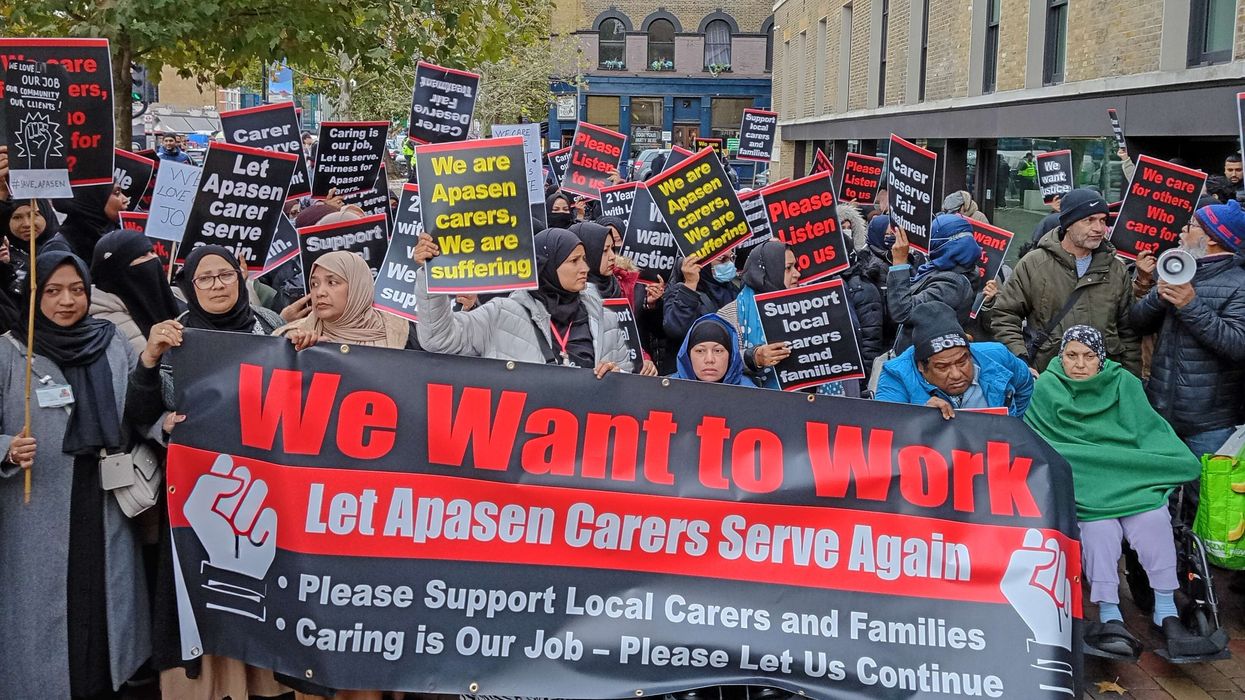Recently, there has been a growing trend toward adopting an Ayurvedic lifestyle. This approach is valued for being free of chemicals and for its ability to effectively address various health concerns without any adverse effects.
One of the popular techniques and remedies in Ayurveda is ‘Padabhyanga,’ a practice of massaging the feet at night, Dr Dixa Bhavsar, an Ayurvedic practitioner, told The Indian Express.
He reportedly said, “Regular Padabhyanga can make your skin supple, hair shinier, and memory sharper.”
The site Padabhyanga informs that in Ayurveda, Padabhyanga or foot massage is considered the mother of all therapies. The feet are believed to connect the body and soul to the earth, making them an important motor organ in Ayurveda (Karmendriya). They are also seen as the embodiment of both the body and soul.
Padabhyanga involves the use of herbal oils to massage the feet and is considered a holistic and religious aspect of traditional Ayurvedic treatment.
The Sanskrit word "Pada" means foot and "Abhyanga" means the use of oils, reflecting the importance of the feet in Indian customs, tradition, and medicine.
Taking to his Instagram account, Dr Bhavsar wrote, “Our feet are our foundation and our connection to the ground beneath us. We often forget how hard our feet work and don’t give them the love they need and deserve. The feet also contain many pressure points that have connections to the immune and nervous systems. Ayurveda postulates that stimulating these points can aid in relaxation, and thereby calm the nervous system before you go to bed.”
Understanding Padabhyanga
Padabhyanga is a delicate foot massage that uses herbal oils or ghee. The massage technique involves mainly soft circular motions and gentle stroking, taking into account the Marma points on the feet.
This technique is reportedly designed to access the entire body, including internal organs, through the nerve endings present on the feet, Ayur Wellness Inc. explains.
In Sanskrit, the term "Marma" originates from Sanskrit, meaning "secret" or "hidden." It refers to specific points on the body where different tissues such as muscles, veins, ligaments, bones, and joints intersect and connect.
Ayurvedic expert Dr Ashutosh Nanal emphasises the benefits of Padabhyanga as a daily routine practice.
According to him, the massage is said to activate the nerves and improve blood circulation while also addressing issues related to dryness.
He reportedly said, “The oil can be used according to the patient’s condition. But if it is being done for preventive purposes and daily well-being, a seasonal oil should be used.”
The expert states that while any oil can be used for the foot massage, “sesame oil is traditionally used for calming, coconut oil and mustard oil can also be used.”
Experts affirm Padabhyanga provides numerous benefits, including:
• Reducing stress and promoting a sense of overall well-being
• Providing a calming and revitalising effect
• Improving blood circulation
• Relieving insomnia, mental stress, and depression
• Decreasing swelling and discomfort in the lower legs
• Easing leg and foot tension
• Stimulating vital foot Marma points that relate to all organ systems
• Increasing the flow of Prana (life force) in the lower limbs
• Improving sleep quality
• Cooling the mind and calming those with high-Pitta (Type A) personalities
• Improving circulation in cold or tingling feet.
How to get the foot massage right
In an Instagram post, Ayurvedic practitioner Niti Sheth provides a step-by-step guide for an effective foot massage.
• First, get a dark-coloured towel and warm oil or ghee of your choice (sesame in winter or ghee/coconut oil in summer) along with a choice of essential oil (such as lavender or rosemary).
• Apply oil all over your foot.
• Massage both ankles in circular motions.
• Massage up and down the Achilles.
• Gently pull and massage each toe upwards from the base to the toenail.
• Vigorously massage the front of the foot with both hands.
• Using your thumb, massage both arches of the foot using firm pressure to relieve foot pain from plantar fasciitis.
• Gently pull and massage each toe from the back of the foot.
• Knead up and down the foot with a closed fist.
• Massage the whole foot with firm pressure, focusing on the ball of the foot underneath your big toe.
• Massage your heel.
• Put a sock on the foot to keep it warm and prevent the floor from getting oily.
• Repeat the steps for the other foot.













